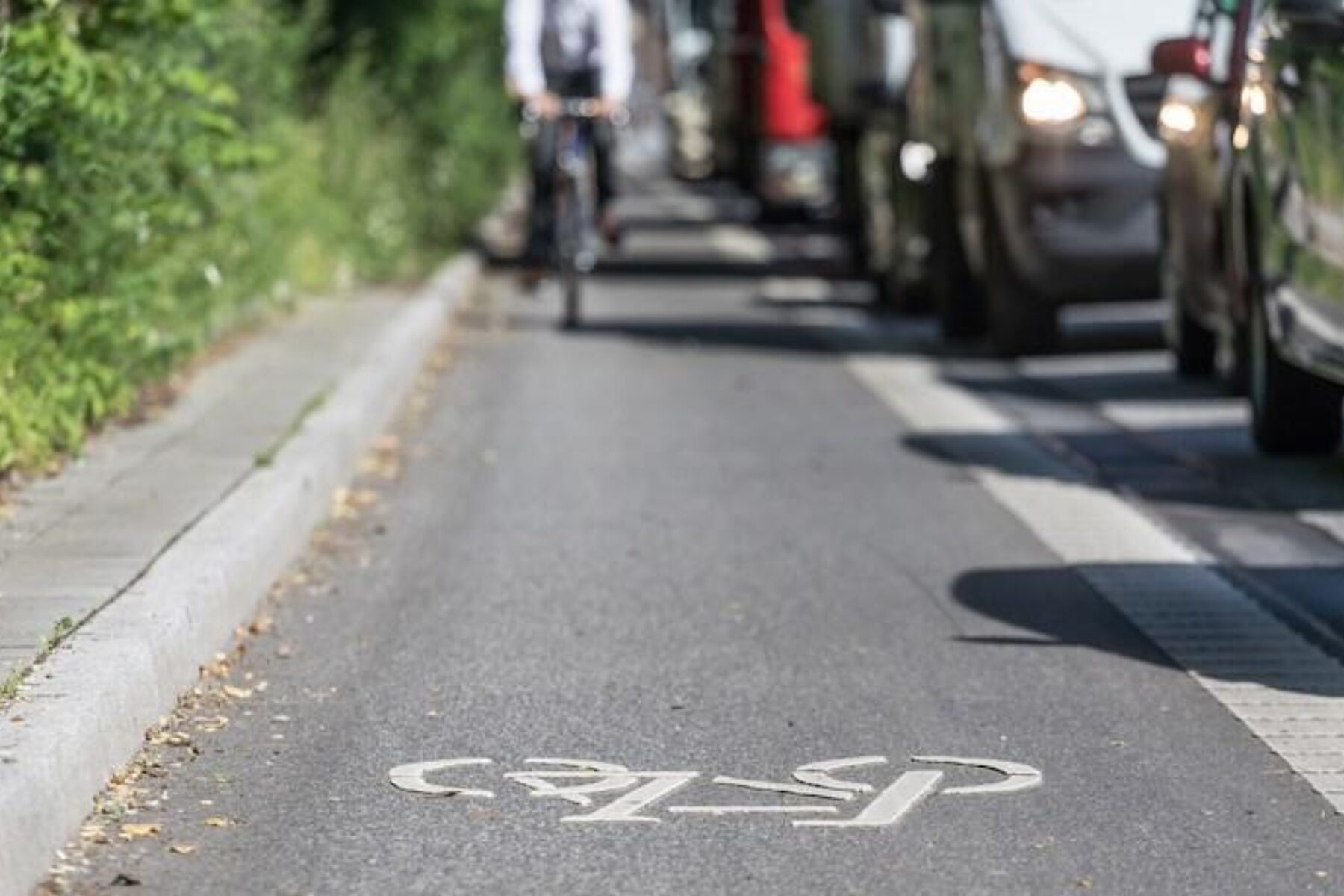Biden Administration Reestablishes Important Tool to Cut Greenhouse Gas Emissions

In the United States, we are at a critical juncture for how we fund our transportation infrastructure. The transportation sector is the country’s largest source of greenhouse gas emissions (GGEs), and we need to significantly reduce our carbon footprint here and in all sectors within the next several years to try and avoid the worst potential consequences of climate change.
Sustainable transportation infrastructure—including trails and active transportation networks—has an important, central role to play in these efforts, and investment in these modes is imperative to reach our climate goals.
The Infrastructure Investment and Jobs Act, also known as the Bipartisan Infrastructure Law, may help steer more transportation investment toward these types of projects, which would lead to a cleaner environment and safer and more equitable communities. However, approximately 60% of the transportation funding provided goes through a formula directly to state departments of transportation (DOTs), which have a great degree of flexibility in how those funds are spent. In other words, even if the federal government focuses on these priorities in how it allocates funding, the states still have the power to divert funds away from critical walking and bicycling projects—and ultimately make or break efforts to rebuild our nation’s transportation systems.

Under President Biden, the Federal Highway Administration (FHWA) recently published a proposed rule that will give advocates a leveraging tool so that states and regional planning entities invest in more sustainable transportation projects such as trails and active transportation networks. The proposed rule requires that state DOTs and metropolitan planning organizations (MPOs) establish performance measures for GGE reductions from the transportation sector—essentially, that they set goals for GGE reductions and then track progress toward meeting those goals. If passed, this rule would do much to encourage the development of sustainable transportation infrastructure that could greatly reduce our carbon footprint in the long term.
The FHWA’s authority to issue this rule stems from a transportation infrastructure bill that passed in 2012 called Moving Ahead for Progress in the 21st Century (MAP-21), which established a system of performance metrics in several areas, including air pollution and safety. After RTC called on President Obama to strengthen its proposed performance metrics rule in 2016, the FHWA included the measurement of GGEs in a rule published in the final days of his second term. Following months of litigation, President Trump repealed the rule in 2018.
The proposed rule focuses on transparency related to transportation investments and how they are impacting GGEs. However, some state DOTs have objected to the rule, claiming that it imposes restrictions on how they spend the funds available through the infrastructure bill. Again, supporters of more sustainable transportation investments are called on to submit comments supporting the proposed rule and help ensure the FHWA publishes a final rule without weakening it.
RTC is urging all our supporters to once again weigh in with FHWA to say that trails matter, and that state DOTs should set carbon reduction goals and show if they are making progress toward a more sustainable transportation system by funding trails, walking and bicycling.
If states are required to be transparent about their emissions from the transportation sector, they are more likely to prioritize non-polluting mobility options.

Donate
Everyone deserves access to safe ways to walk, bike, and be active outdoors.
